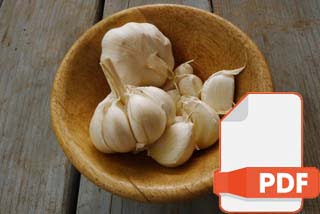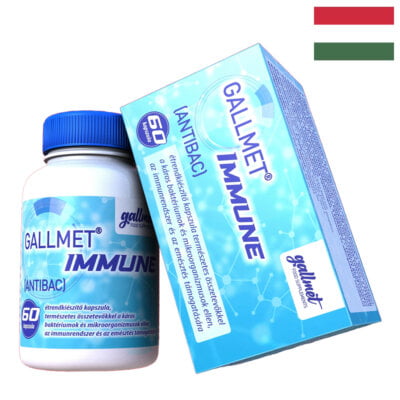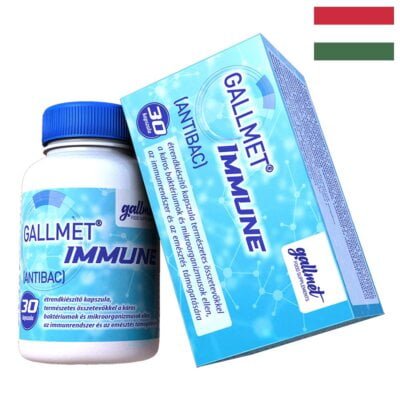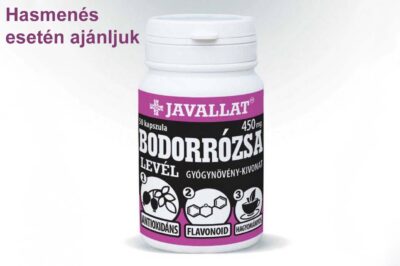Plants of the genus Allium as antibacterial agents: From tradition to pharmacy

Download - PDF
Abstract
Plants belonging to the genus Allium are widely cultivated and used all over the world as food and medicinal plants. Since ancient times, these plants, particularly garlic (Allium sativum L.) and onion (Allium cepa L.), have represented important components of typical recipes and traditional healing systems. Not the least of which, their use as food biopreservatives is well documented, due to the relevant antibacterial activity of their extracts and essential oils. In addition to garlic and onion, this review article deals with the main members of the genus Allium, including A. ampeloprasum (Leek), A. schoenoprasum (Chive) and A. ascalonicum (Shallot), focusing both on their ethnonutritional uses and potential as promising food biopreservative agents. Noteworthy, recent research has demonstrated Allium derivatives to be novel components in active edible coatings as well as nanoformulates.
Allicin and garlic extracts possess a broad-spectrum antibacterial activity against Escherichia, Salmonella, Staphylococcus, Streptococcus, Klebsiella, Proteus, Clostridium, Mycobacterium and Helicobacter species by inhibiting bacterial DNA, RNA and protein biosyn-thesis. Similarly, ajoene exhibited a broad-spec-trum antibacterial activity, especially on Gram-positive bacteria and the antibacterial activity of allicin in garlic extracts was also reported against harmful entero-bacteria.
Source:https://pubmed.ncbi.nlm.nih.gov/27585263/
Click on the [print-me] icon to print the page










